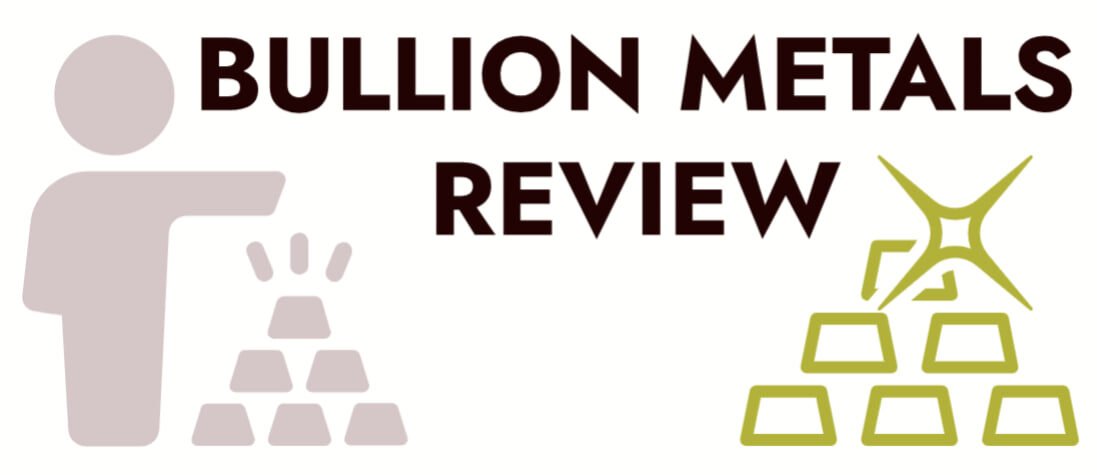In the world of investing, the term “store of value” refers to an asset that maintains its value without depreciating over time. For centuries, precious metals like gold and silver have been viewed as reliable stores of value. These metals are known for their ability to preserve wealth across generations, which is why they often find themselves at the core of discussions around long-term wealth preservation. But what exactly makes precious metals such a solid store of value, especially in today’s financial landscape? Let’s explore the reasons.
Open a FREE Bullion Vault account today with no obligation to trade! *BONUS* Sign up now and receive a risk-free 1/8 oz (4g) of silver to kickstart your journey into precious metals investing

1. Intrinsic Value and Tangibility
One of the primary reasons why precious metals are considered a good store of value is their intrinsic worth. Unlike paper money or digital assets, precious metals have tangible value. You can hold a bar of gold or silver in your hand. They aren’t just based on a promise by a government or an institution. This physical nature has always made precious metals desirable throughout history.
Gold and silver have been used as currency for thousands of years, well before the creation of modern banking systems. Their scarcity, combined with their demand for jewelry, industrial uses, and technological applications, ensures they hold value beyond just their monetary worth. No matter the state of the economy, a gold bar will always have worth, whether it’s being traded, melted down, or stored.
2. Inflation Hedge
One of the most well-known advantages of investing in precious metals is their role as a hedge against inflation. Inflation erodes the purchasing power of fiat currencies (such as the U.S. dollar, euro, or yen) over time. As more money is printed, its value declines, and it takes more of that currency to purchase the same amount of goods or services.
Precious metals, particularly gold, have historically retained their value or even increased during periods of inflation. This is because the supply of gold and silver is relatively fixed, and they can’t be printed or produced on demand like fiat money. When inflation rises, people often flock to precious metals as a safe haven, driving up demand and prices.
A famous example of this is during the 1970s when the U.S. experienced stagflation—high inflation combined with slow economic growth. During that period, the price of gold skyrocketed, showing its strength as an inflation hedge.
3. Protection Against Currency Devaluation
Many currencies have lost their value or even become worthless over time, either through hyperinflation or economic collapse. Take, for example, the German Reichsmark during the Weimar Republic or the Zimbabwean dollar in the early 2000s. When fiat currencies collapse, people often turn to precious metals as a reliable means of preserving wealth.
Gold and silver are global assets. Unlike currencies, which are specific to nations or regions, precious metals hold value regardless of borders. If a nation’s currency crashes, gold and silver still have universal appeal and liquidity. This global demand ensures that precious metals remain valuable even when specific countries face economic turmoil.
4. Diversification and Portfolio Stability
In the modern investment world, diversification is key to mitigating risk. The adage “don’t put all your eggs in one basket” holds particularly true in the volatile world of financial markets. Precious metals offer a way to diversify an investment portfolio, reducing overall risk.
Gold and silver tend to move independently of stocks, bonds, and other traditional financial instruments. During periods of economic instability or stock market downturns, precious metals often perform well, providing a counterbalance to losses in other assets. This makes them an attractive option for those seeking stability.
For instance, during the 2008 financial crisis, the stock market plummeted, but gold prices surged as investors sought safe havens. Similarly, in times of geopolitical tension or uncertainty, such as wars or political instability, gold often sees increased demand as people look for secure assets.
5. Limited Supply
Another critical factor in the value of precious metals is their limited supply. Unlike fiat currencies, which can be printed in unlimited amounts by central banks, the supply of gold and silver is finite. Mining precious metals is expensive and time-consuming, and there are only so many deposits available around the world.
This scarcity is a major reason why gold and silver maintain their value. Even as technological advancements make mining more efficient, the supply of these metals grows at a slow rate compared to the ever-expanding supply of money in the global economy.
For example, gold production has historically increased by about 1-2% per year, a stark contrast to the exponential increase in the supply of fiat currencies. This limited supply helps ensure that precious metals don’t suffer from the same devaluation risks as paper currencies.
6. Universal Acceptance
Precious metals, especially gold, have long been viewed as a form of currency across different cultures and civilizations. The yellow metal has been traded and valued in societies from Ancient Egypt to the Roman Empire to modern times. Silver also has a rich history as a medium of exchange, often used alongside or in place of gold.
This universal acceptance means that precious metals are highly liquid and easily exchangeable for goods or other currencies, even in uncertain economic conditions. The trust and recognition that gold and silver have garnered over millennia add to their reliability as stores of value.
If there’s a financial collapse, economic sanctions, or a bank run, having gold or silver can provide immediate purchasing power. Many central banks also hold large reserves of gold, a testament to their trust in the metal’s long-term value.
7. Crisis Protection
When crises hit—whether financial, political, or environmental—precious metals often shine. Throughout history, people have turned to gold and silver during times of uncertainty. During wars, revolutions, or government collapses, currencies can lose their value or become difficult to access. Banks may close, and electronic money systems might fail. But gold and silver remain constant.
For instance, during World War II, families and individuals fleeing war zones often relied on gold to protect their wealth and finance their escape. In modern times, as political instability grows in some regions, demand for gold rises, reinforcing its position as a crisis-resistant store of value.
8. No Counterparty Risk
Another critical aspect of precious metals is that they carry no counterparty risk. This means that the value of gold or silver does not depend on any institution, government, or company fulfilling its obligations. With stocks, bonds, or even cash, you’re essentially depending on another party’s solvency or promise.
If a company goes bankrupt, its stock becomes worthless. If a government defaults, its bonds may lose value. But gold and silver are physical assets that don’t rely on anyone else to maintain their worth. They exist outside of the financial system and therefore offer protection in situations where banks fail or governments default on their debts.
Conclusion
In a world where economic uncertainties, inflation, and geopolitical risks are ever-present, precious metals like gold and silver offer a time-tested way to preserve wealth. Their intrinsic value, protection against inflation and currency devaluation, and ability to offer stability during crises make them a reliable store of value. Whether you’re an individual investor looking to safeguard your assets or a central bank managing reserves, the role of precious metals as a hedge against financial uncertainty is hard to ignore.
For these reasons, they remain one of the most trusted and reliable methods for securing wealth over the long term. While they may not offer the explosive growth potential of riskier investments, their stability and enduring value make them indispensable in a well-diversified portfolio. As financial markets evolve, the allure of precious metals as a safe haven remains timeless.
Open a FREE Bullion Vault account today with no obligation to trade! *BONUS* Sign up now and receive a risk-free 1/8 oz (4g) of silver to kickstart your journey into precious metals investing





Comment